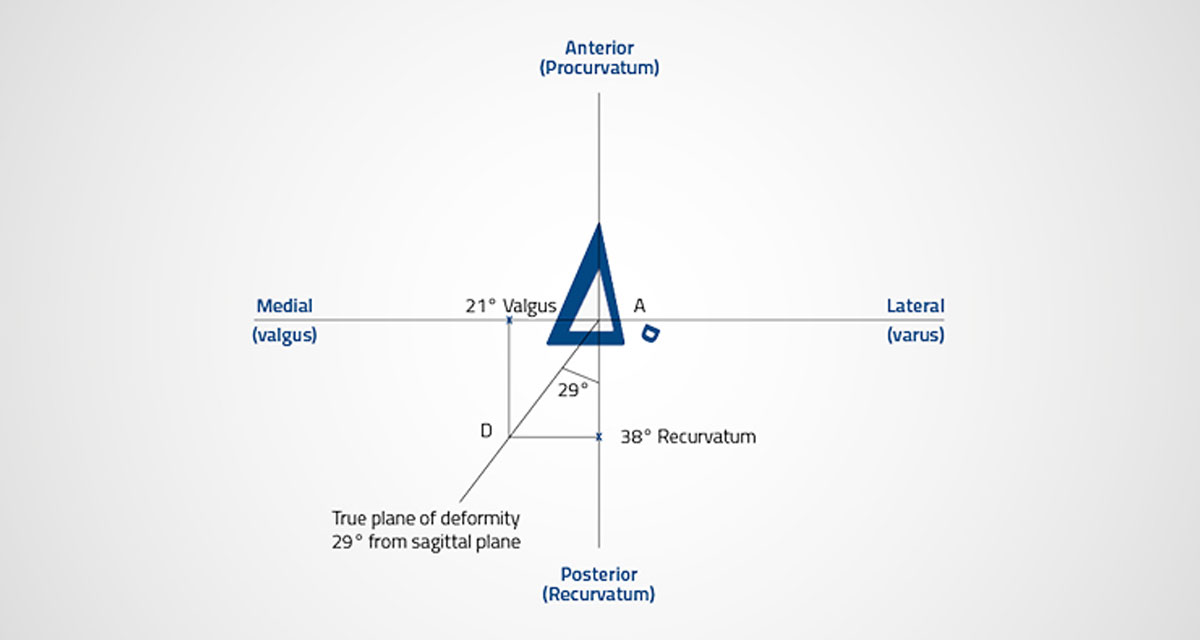A multiplanar deformity analysis can be both simple and complex: a correct determination of angular and metric deformity apex and plane is a fundamental task. This is true in both the preoperative surgery planning and the postoperative management phases, in order to obtain the most accurate correction and promote the quickest recovery for the patient’s well-being.
Read More








